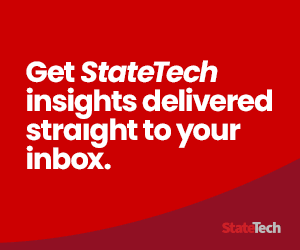Data Consolidation Is More Important (and Easier) Than Ever
“The first thing to do is to consolidate,” Whippen says.
Most state agencies operate on a hybrid cloud model. Many of them work with multiple hyperscalers and likely will for the foreseeable future. This creates potential data fragmentation. However, where the data is stored is not necessarily as important as the ability to centralize how it is accessed, managed and manipulated.
“Today, you can extract all of that data much more easily, from a user interface perspective, and manipulate it the way you want, then put it back into the system of record, and you don't need a data scientist for that,” says Mike Hurt, vice president of state and local government and education for ServiceNow. “It's not your grandmother's way of tagging anymore.”
ServiceNow’s Workflow Data Fabric and Snowflake make it easier to bridge data in a logical interface, obviating the need in many cases to physically consolidate it.
For example, Snowflake’s SnowConvert automates the migration of Oracle PL/SQL to standard SQL, reducing the effort required to move legacy applications off the Oracle platform, Whippen says. Similarly, ServiceNow’s Workflow Data Fabric can connect to disparate data lakes and reach into different applications. The data can then be manipulated in the ServiceNow platform and put back into the platform of record.
States such as North Dakota and Missouri have taken greater advantage in this regard, partly because they’re nimbler due to their size, and partly out of budget necessity, Hurt says.
“Some smaller states are looking at it more holistically because they have to. They just haven’t had as much money or resources available in the past.”













